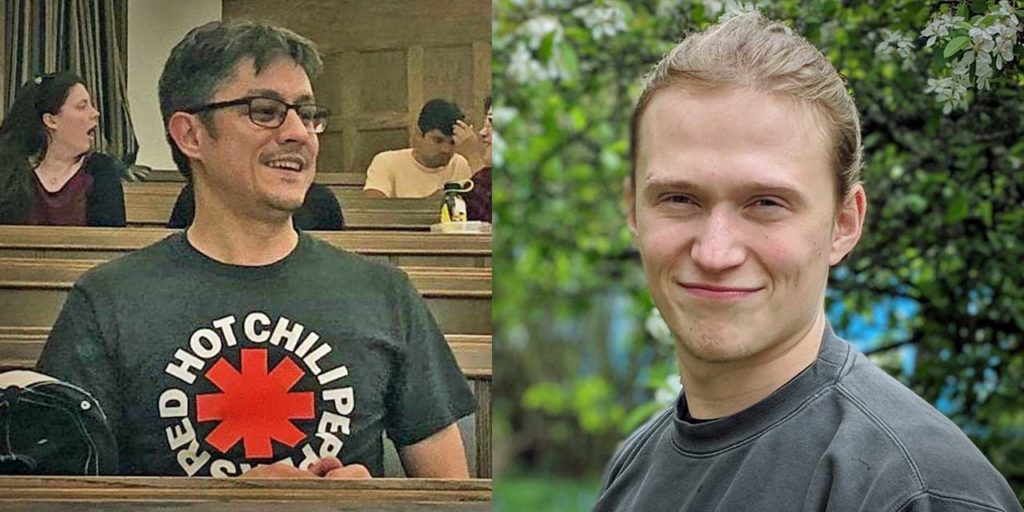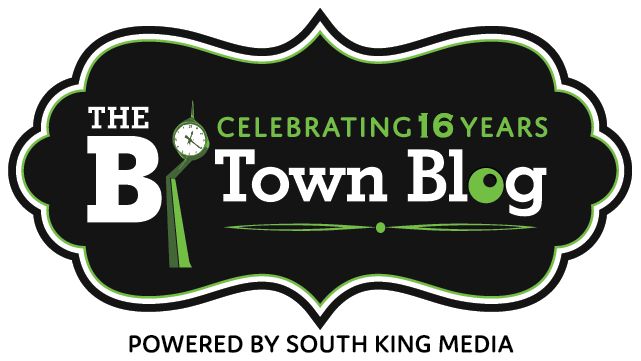By Izzy Wallace
Local filmmakers David Yama and Isaac Handelman aim to show viewers a different perspective through the eyes of their documentary subjects – the Grenier family.
The pair first met as cinema media studies students at the University of Washington, where they were both a part of the same film project.
“[David] was the star of that first film. That project lasted a while because COVID interrupted it in the middle of filming,” Handelman said. “We managed to cobble together enough shooting days, it released last February. That’s kind of the genesis of our current working relationship. Since then, it’s definitely grown into a larger group of local cast and crew.”
Yama also went on to start their current production company, Still Pic Productions.
The two continued to work in the area, when they had the idea for a documentary.
“We had wanted to look into a documentary about the local homeless crisis,” Yama said. “The Greniers, I’d actually known them from a long time ago.”
The Greniers family were homeless, and reached out to Yama to tell their story. From there, the film began.
The documentary’s split in two parts: Save The World Project: The Grenier Family, and currently in development, Save The World Project: The Grenier Family Part 2. Here’s the first part:
While creating part one, Yama and Handelman heard a lot about assumptions people made about the Greniers.
“People would ask them why don’t they get jobs, and they did have jobs,” Yama said. “There are people who are living in RVs on the side of the street, who are employed, there’s just nowhere for them to live.”
And because they didn’t have a permanent home, the Greniers were also worried about losing their jobs.
“In the first documentary back in March, Zak Grenier expressed this fear of slipping from the current situation, living illegally on an RV lot, and being forced to live in a tent on the road,” Handelman said. “The reason that was his greatest fear, beyond that no one should live in a tent, is that it would be the nail in the coffin with their jobs.”
In this second part of the documentary, the filmmakers show where the Greniers situation is now- which has improved since the first film.
After the first documentary came out, a GoFundMe was set up to help the family out. Now, the Greniers have their own land and place to stay.
“There are some hurdles that they still have to pass … but there is a feeling of having this kind of security that they did not have in their previous situation,” Handelman said. “It’s apparent how much that security helps their mental wellbeing, it’s improved.”
In part two, Zak Grenier says how he doesn’t have to worry about coming home anymore, as he doesn’t feel unwelcomed there anymore, Yama said.
And although things are getting better for the Greniers, this is not a common solution for others going through similar struggles.
“In terms of putting the Greniers situation in a broader context, which I think a lot of the audience is likely to do, is the fact that … the move the Greniers just made has helped them so immensely, and is also impossible for most people in their kinds of situations,” Handelman said. “When expanded to the level of actually tackling homelessness on even a local level, it is unsustainable in a way. It’s not a model that can be expanded to solve the homeless crisis.”
Through this, the filmmakers hope to use their two-part documentary to open up a conversation about sustainable ways to address homelessness in the Washington area.
“There maybe is an opportunity to use that strong response [the homeless crisis evokes] as an in-roads to starting a discussion, or making people confront the issue,” Handelman said. “That’s something that I think we’d have to consider going forward, expecting those kinds of reactions, and how to channel them into further inspection of the issue, instead of just putting your hands up and turning away from it.”
You can watch part two of the documentary below:
-
- If you would like to donate to the Grenier family’s GoFundMe, you can at https://www.gofundme.com/grenier-family-finish-line-fundraiser
- And if you’re interested in following Yama and Handelman’s works, visit their Facebook page at https://www.facebook.com/stillpicproductions/
Izzy Wallace is a graduate from Highline College, where she got her AA in Multimedia, and her BAS in Integrated Design. She had previously worked at Highline’s Thunderword newspaper for several years as Editor-in-Chief. You can send her ideas for news stories, or photos of your dogs, at shnizzle.my.izzle@gmail.com.



